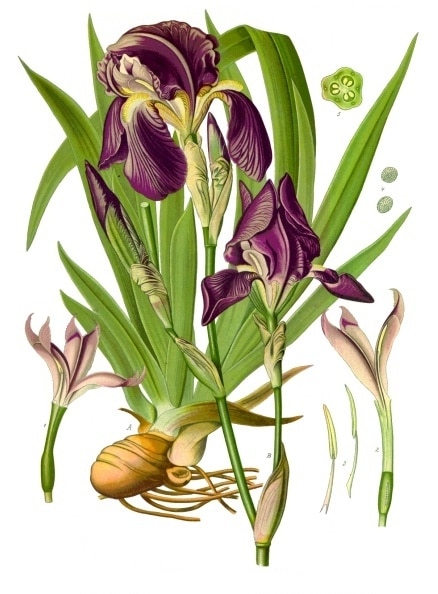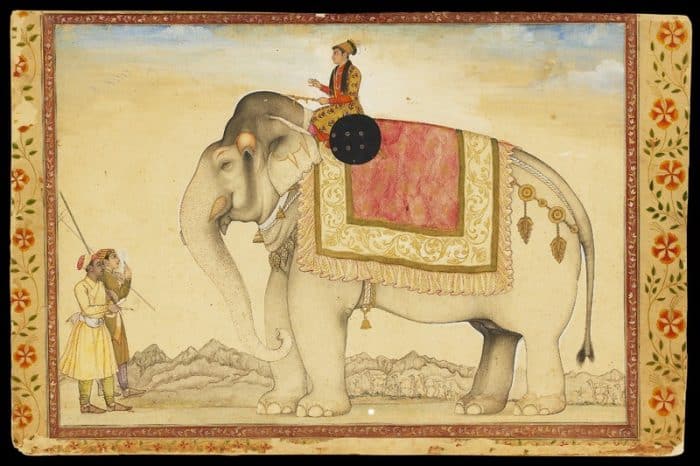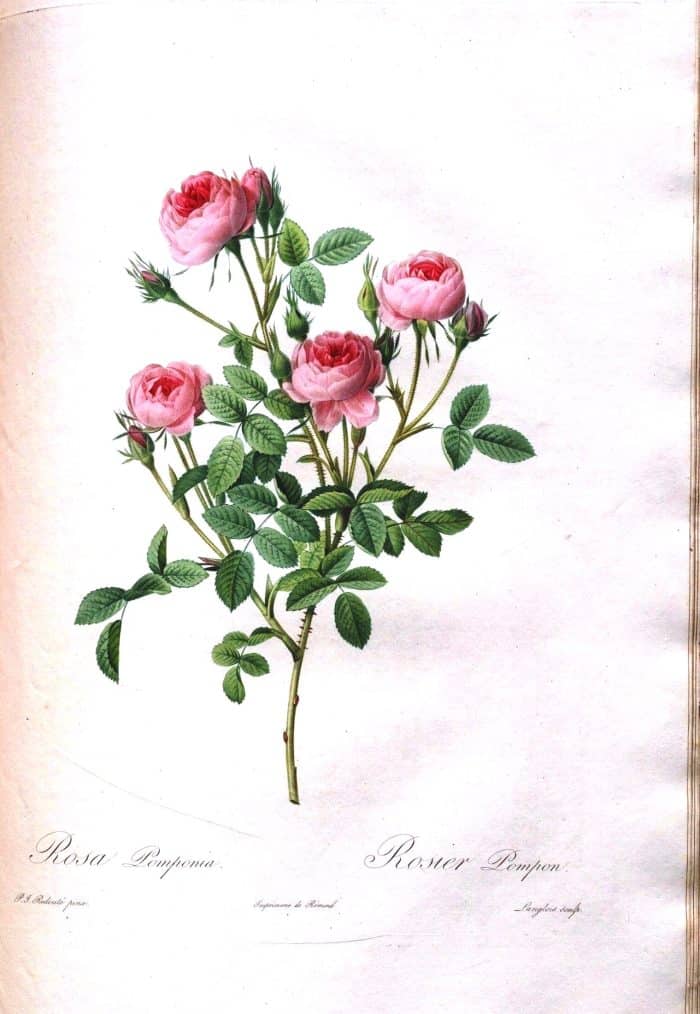Orris – Traditional Uses and History
ORRIS ROOT ( Iris florentina ) Orris Root (#Iris germanica, Iris florentina, and Iris pattida) is a perennial plant with sword-shaped leaves and highly scented, pale blue flowers. The fleshy rootstock (rhizomes) grow just below and along the ground. The rhizomes are dug up in August and freed of the rootlets and brown outer bark, and then they are dried. The whole dried Orris Root is incredibly hard and doesn’t always have a strong aroma until shaved or grated. Ours is quite aromatic.Rather than attempt to grind it yourself – It will ruin your grinder, if you are using Orris...
What is an Attar?
The word Attar is derived from the Hindu/Urdu word Ittar which in turn derives from the similar Persian word for Perfume, Itar, and is an essential oil derived from botanical sources usually blended with a wood oil like, but not always, Sandalwood. Most commonly these oils are extracted via hydro or steam distillation. They can also be expressed by chemical means but generally natural perfumes which qualify as Attars are distilled with water. The term is mostly used in the Middle East and India nowadays instead of the term essential oils but historically an Attar was very different. Attar oils...
AMBERGRIS – What is it? – you’d be surprised
We've noticed so many people searching for Ambergris essential oil on our website and as no such thing exists (although there are very good extracts and synthetics) it occurred to us to explain exactly what it is and why it is now almost entirely a synthetically made material used in perfumery as a fixative ( a substance that makes the perfume long lasting and "fixes" it ) as, with the exception of a few countries, it is largely illegal to trade in natural Ambergris. Firstly it is not a plant. It is a gastric bi product from the Sperm...
How to Make a Rose Infused Oil
How to Make a Rose Infused Oil Making a Rose Infused Oil is very easy but time consuming. The results can be well worth it though. Make small quantities at a time and do so every year and you will never run out. Rose absolute oils are expensive, Rosa otto being the most expensive and Rosa Damascena Maroc being one of the cheaper ones. They are all rich, deep and extremely concentrated; usually dark brown in colour and very viscous. They are quite divine but beyond the purse of most of us and usually sold in tiny retail quantites (...
Herbal Tea and Infusions
Herbal Tea and infusions (Tisane or decoction) is a general term for the use of any hot or cold beverage made from plant material steeped in water other than the tea bush (Camellia sinensis) Purists would argue that tea can only be called tea if its made from the Camellia sinensis leaf (in all its forms) and anything else is an infusion! Herbal tea and infusions are mostly consumed for their perceived health benefits which may be for a specific malady where a herb or combination of herbs and botanicals is known to contain chemical constituents that may be helpful...



